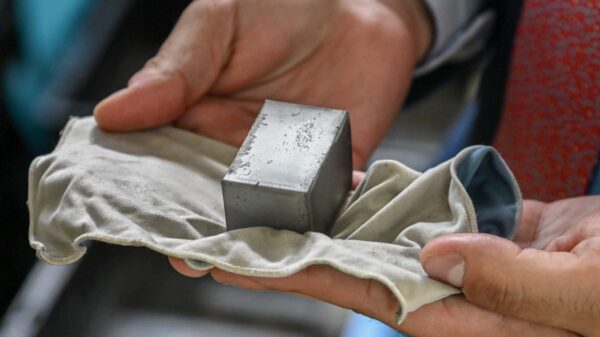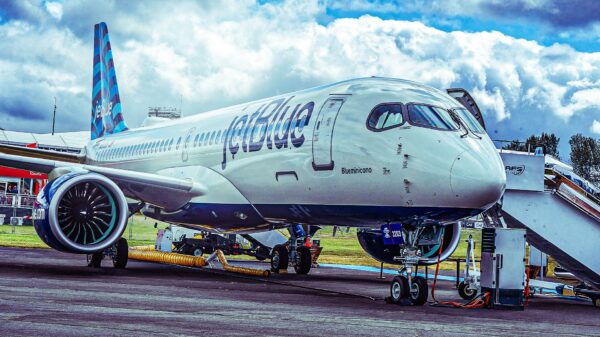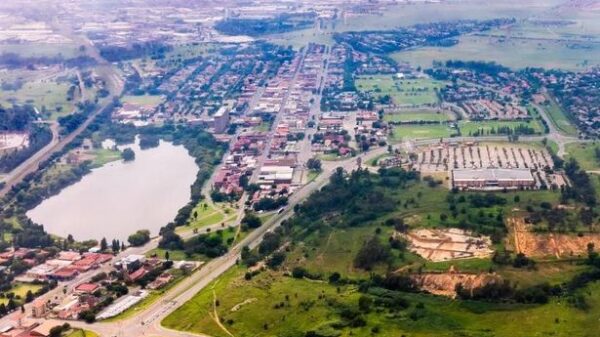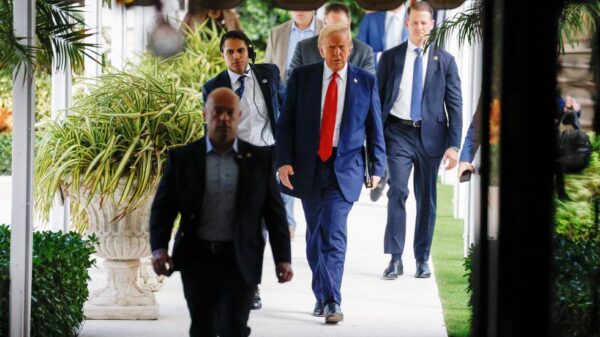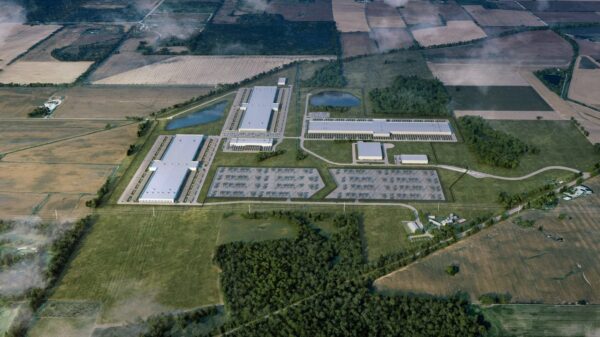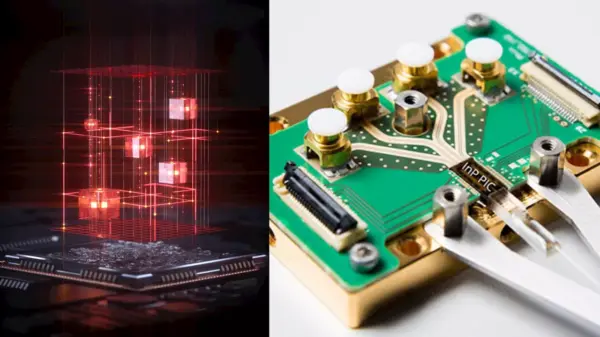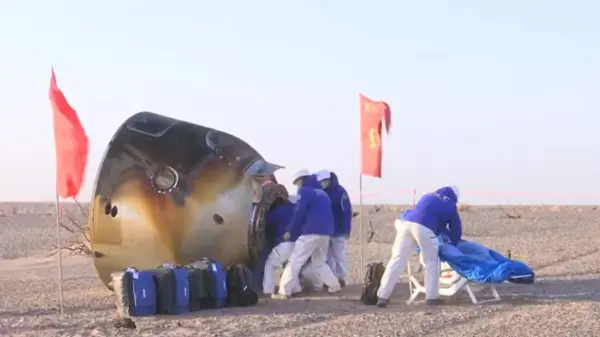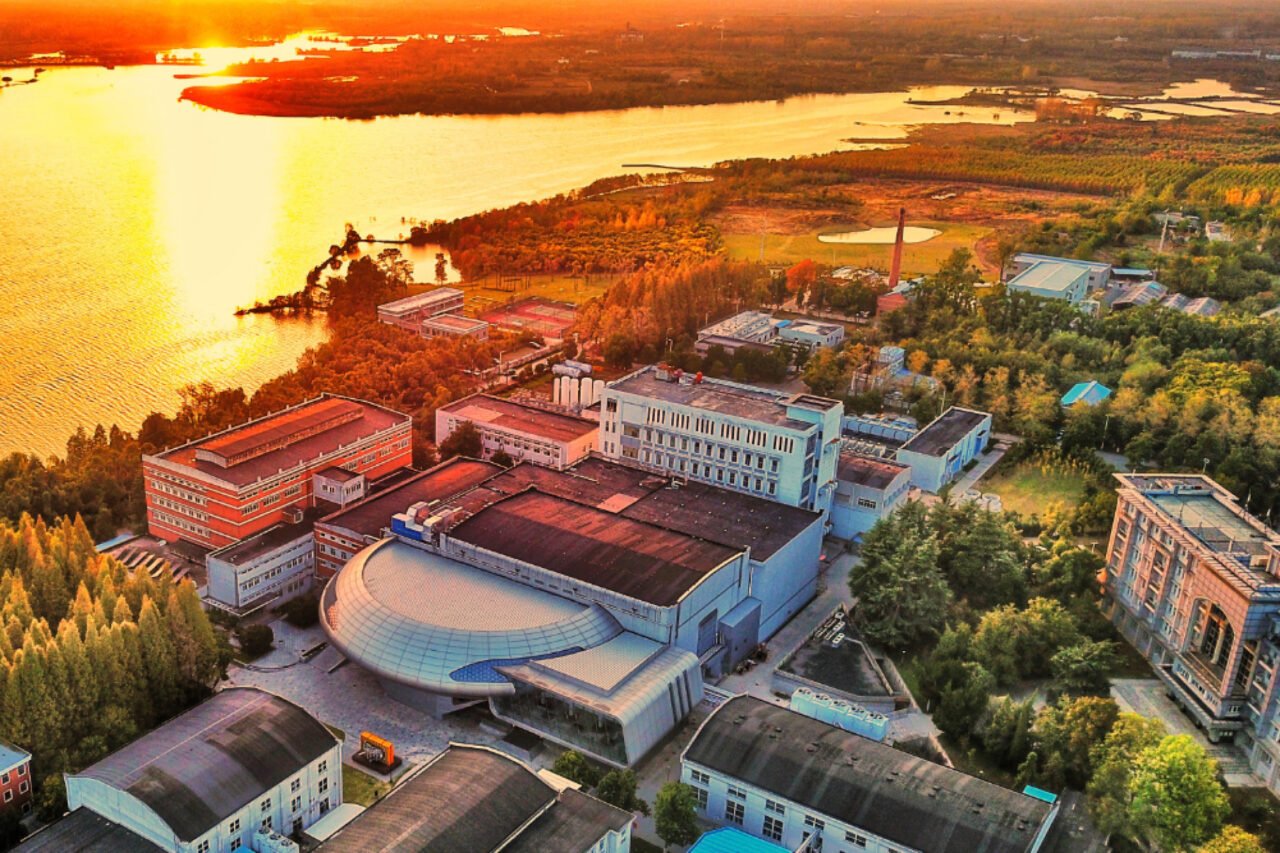BREAKING: Physicists in China have shattered records by developing a revolutionary superconducting magnet that produces a staggering magnetic field of 35.1 tesla, an intensity approximately 700,000 times stronger than Earth’s natural magnetic field. This groundbreaking achievement was confirmed in a statement issued on September 28 by the Institute of Plasma Physics at the Chinese Academy of Sciences (CAS).
The newly created magnet not only sets a new world record but also holds its field strength for around 30 minutes, providing unprecedented opportunities for scientific exploration, particularly in nuclear fusion experiments. The previous record of 32.35 tesla was also established by the CAS, but through its Institute of Electrical Engineering.
IMPACT: This development is a game-changer for the field of plasma physics and could significantly accelerate research in nuclear fusion—a clean energy source that mimics the processes of the sun. Researchers are excited about the potential to conduct experimental work under these extreme conditions, as the CAS stated, “This validated the reliability of the technical solution and provided an important platform for conducting various sample experiments.”
DETAILS: Superconducting magnets are critical in various applications, including MRI scanners and particle accelerators. However, for fusion applications, the challenges increase due to the extreme temperatures required for superconductivity. Nuclear fusion generates enormous heat, which can impact the performance of superconducting magnets designed to contain the fusion reaction.
Liu Fang, a researcher at CAS, highlighted the innovative design of the new magnet, which utilizes high-temperature superconducting insert-coil technology nested with low-temperature superconducting magnets. This unique configuration provides a balanced solution to the environmental conditions the magnet will encounter during operation.
WHAT’S NEXT: Although the new magnet is not yet ready for deployment in a fusion reactor, it is poised to play a significant role in future research projects. The CAS is actively involved in the International Thermonuclear Experimental Reactor (ITER), a global initiative aimed at building the world’s largest fusion reactor. While it remains unclear if the new magnet will be directly integrated into the ITER project, the CAS is responsible for supplying numerous components, including advanced superconducting technologies.
As researchers continue to explore the possibilities created by this record-breaking magnet, the scientific community eagerly anticipates the potential advancements in energy generation and beyond. Stay tuned for updates on this developing story, as the implications for clean energy and scientific discovery could be monumental.







